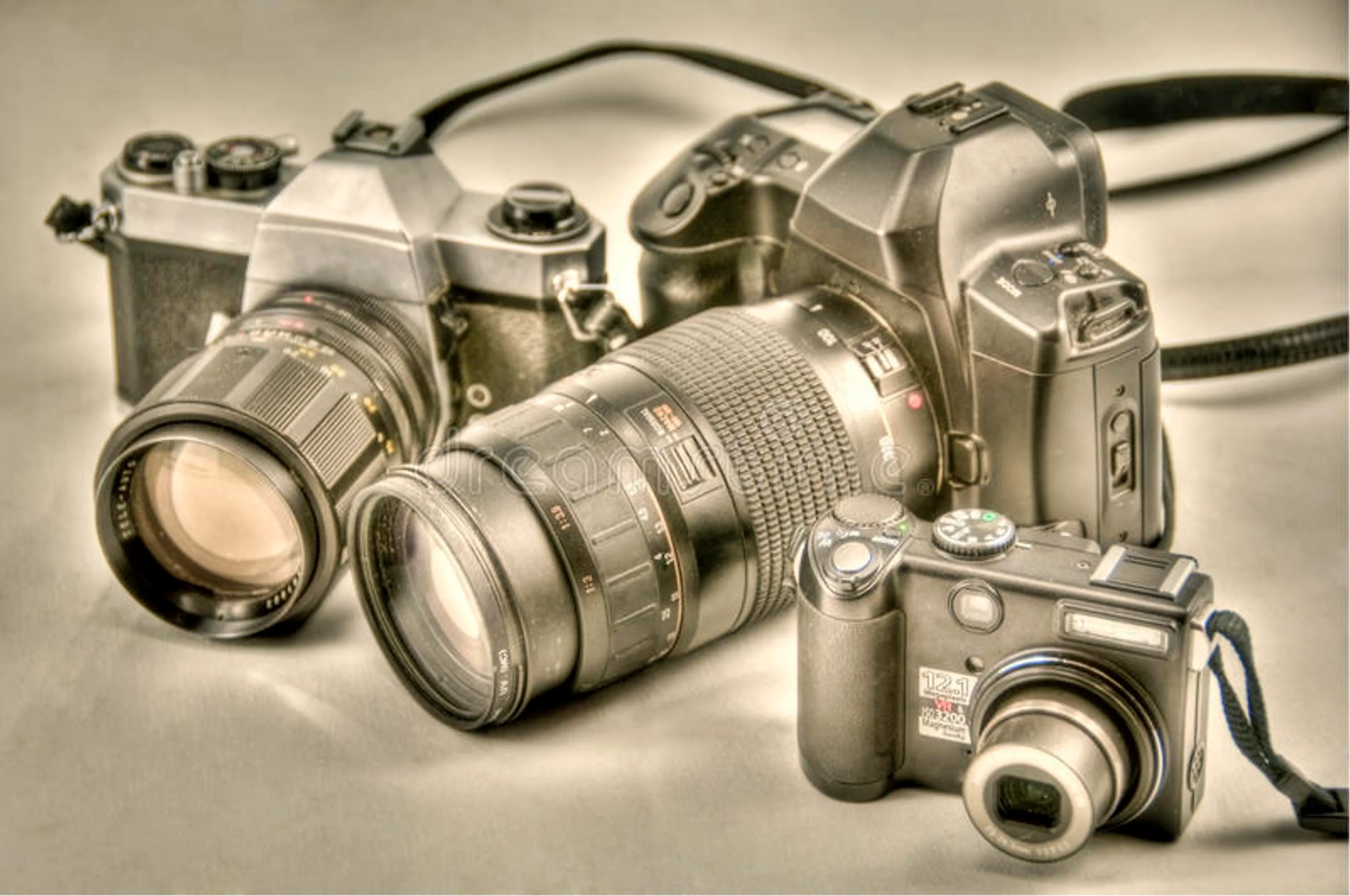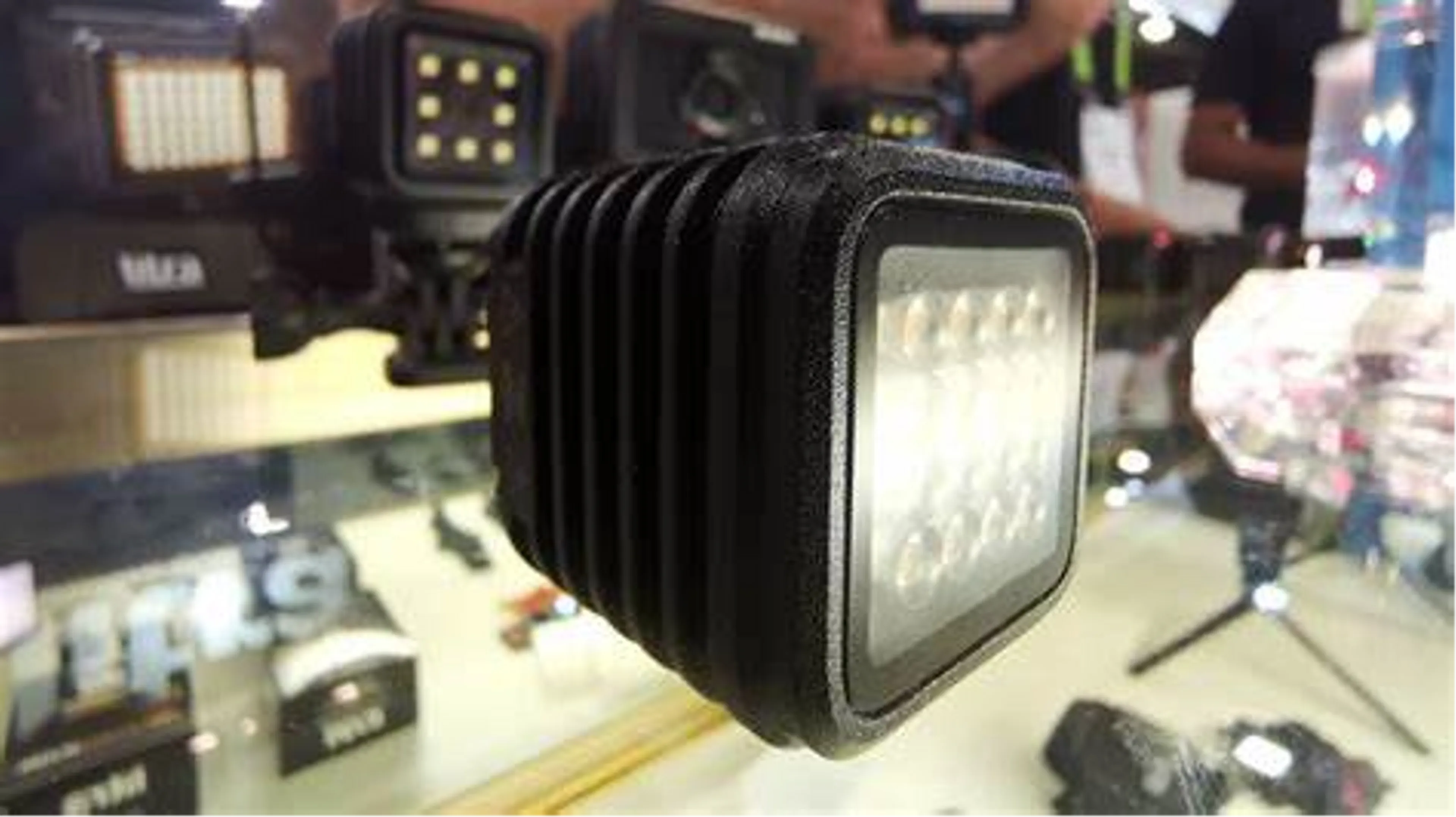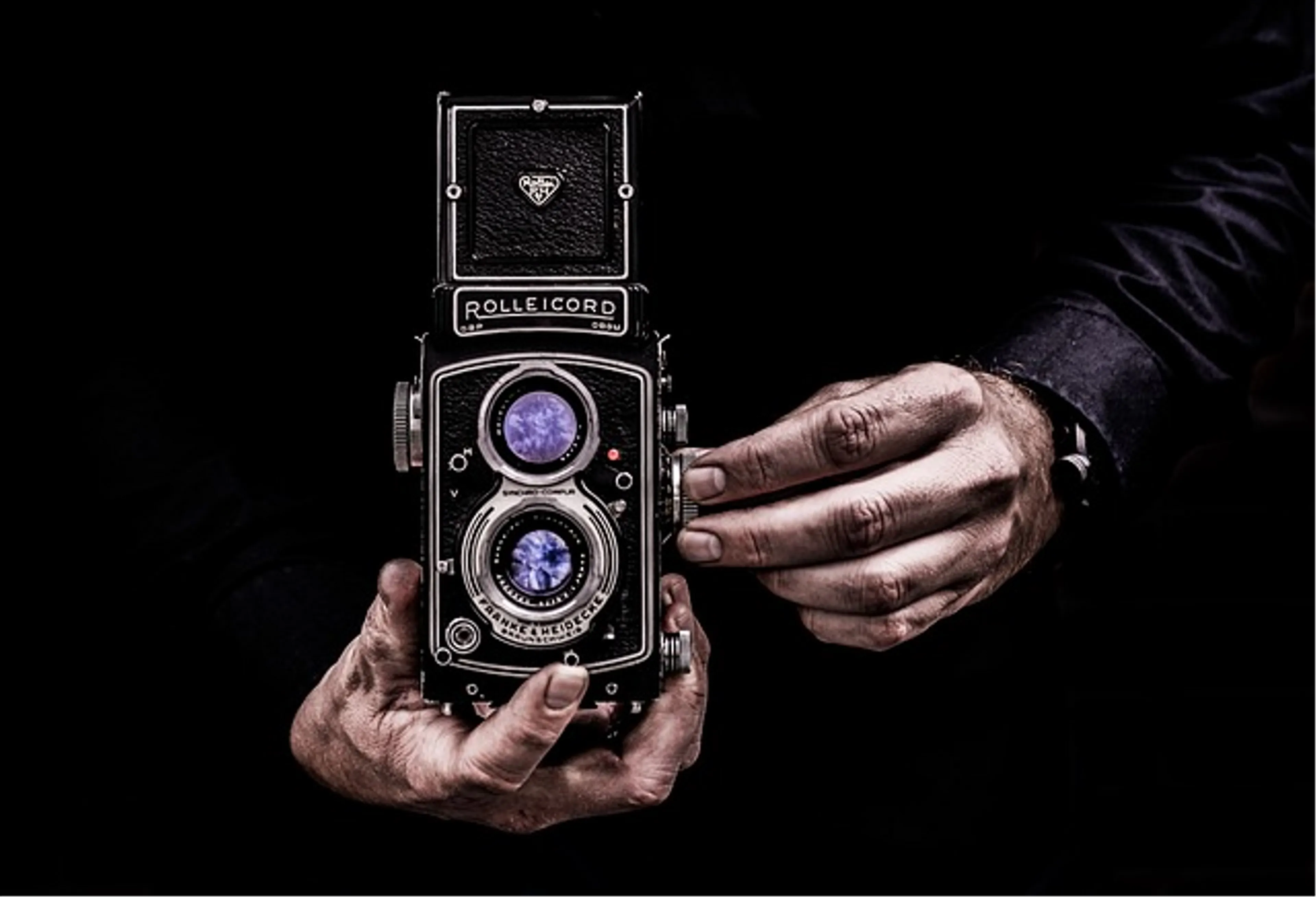
Exploring the Evolution of Camera Technology
The evolution of camera technology is a remarkable journey that spans centuries, showcasing the relentless pursuit of capturing light and preserving moments in increasingly innovative ways. From humble beginnings as simple pinhole devices to the sophisticated digital wonders of today, the evolution of camera technology is a testament to human ingenuity and the desire to document the world around us.

A Journey into the World of Photography and Cameras
Embarking on a journey into the world of photography and cameras is a voyage of discovery that unveils the captivating intersection of art, technology, and storytelling. From the earliest pinhole cameras to the sophisticated digital devices of today, this journey traces the evolution of photography and the instruments that have forever changed how we perceive and document the world around us.

The Latest Innovations in Camera Design
The world of camera design is in a perpetual state of evolution, with each passing year bringing forth innovative breakthroughs that redefine the boundaries of imaging technology. From mirrorless marvels to cutting-edge computational photography, the latest innovations in camera design are reshaping how we capture and experience the visual world.

Mastering the Art of High-Speed Photography
High-speed photography is an awe-inspiring genre that captures the fleeting moments that the naked eye often misses. By freezing motion and revealing intricate details, high-speed photography opens up a world of creative possibilities, requiring a blend of technical expertise, artistic vision, and a deep understanding of timing and precision.

How Cameras Shape our Perception of Reality
Cameras are powerful tools that not only capture moments but also play a profound role in shaping our perception of reality. As lenses through which we view the world, cameras influence how we interpret events, landscapes, and emotions. The interplay between technology, perspective, and artistic choices has a transformative effect on how we understand and connect with the world around us.

Tracing the Remarkable History of Camera Development
The evolution of cameras is a captivating journey that spans centuries, encompassing remarkable innovations and transformative breakthroughs. From the earliest pinhole devices to the sophisticated digital marvels of today, the history of camera development is a testament to human ingenuity and the relentless pursuit of capturing moments in time.

The Role of Autofocus Systems in Modern Cameras
Autofocus systems have revolutionized the way photographers and videographers capture images, making the process more efficient and accessible than ever before. In modern cameras, autofocus technology plays a pivotal role in achieving sharp and well-focused shots, enhancing the overall quality of visual content across various genres of photography and videography.

Choosing the Right Glass for Stunning Photography
Behind every remarkable photograph lies the art of selecting the right lens, often referred to as "glass," for the job. The lens you choose has a profound impact on the final image, influencing everything from composition and perspective to depth of field and overall image quality. Understanding the nuances of different lenses empowers photographers to craft stunning visuals that capture the essence of their subjects.

Cameras' Impact on the Film and Entertainment Industry
The evolution of cameras has left an indelible mark on the film and entertainment industry, fundamentally altering the way stories are told and visualized on screen. From the early days of silent films to the modern era of high-definition streaming, cameras have played a pivotal role in shaping cinematic art and entertainment.

Beyond Megapixels: Exploring Factors that Define Camera Image Quality
In the world of digital photography, camera image quality is a multifaceted concept that extends well beyond the mere number of megapixels a camera sensor can boast. While megapixels play a role in determining image resolution, they are just one piece of the puzzle. True image quality is influenced by an array of factors that collectively contribute to the final visual output.